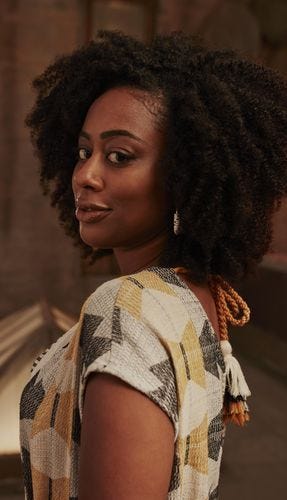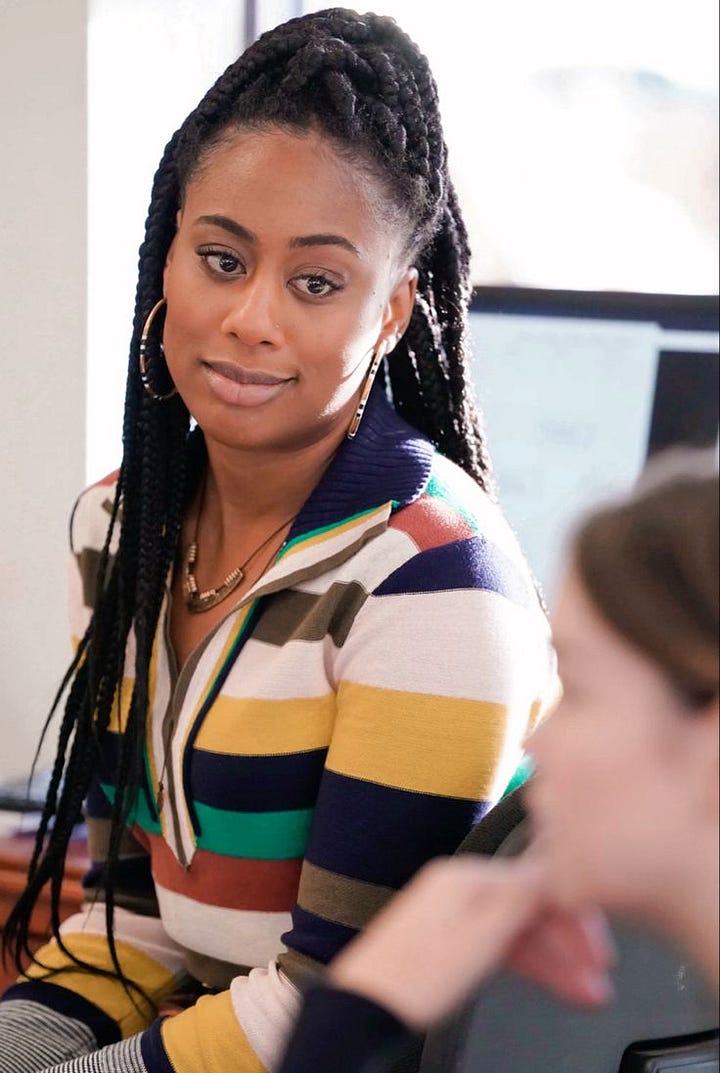“You Honor the Past to Shape the Future.”
There is a sacred rhythm in remembering. In a world obsessed with the next, the now, the new, I find purpose in the echoes: the voices of those who came before me, the traditions that shaped them, and the stories they left behind like footprints in the dust. I am The Culture Keeper. I do not just create; I remember. I do not simply tell stories, but I preserve legacies. I do not look back for nostalgia; I look back to ensure we never forget what made us, who made us, and why that still matters.
To be The Culture Keeper is to see art as a vessel—not merely for beauty or entertainment—but for memory, for protest, for healing, and for liberation. It’s to understand that culture is not static. It lives. It breathes. It evolves. And it needs someone to guard it, water it, and pass it down with reverence. That someone is me.
Legacy is My Language
At the heart of my work is the beating drum of legacy. I am tethered to those who came before me; both known and unknown. Where others move on, I dig in. I unearth the forgotten, the buried, the redacted. I know that history isn’t just found in textbooks written by those in power; it’s stitched into our quilts, danced into our circles, and spoken in our native tongues. It lives in the rhythm of a grandmother’s hymn and the cadence of a child’s story at bedtime. I speak this language fluently.
When I create, I ask myself: Whose voice am I lifting up? Whose truth am I preserving? Whose memory am I protecting from erasure?
It’s this commitment to legacy that drives me to document and uplift the work of people like Toni Morrison; an eternal beacon for those of us who seek to shape the world through story. Morrison didn’t just write novels. She archived emotional and spiritual truths, especially of Black women, with grace and urgency. She gave us our reflections and made them holy. Her work, like mine, was not a luxury. It was a responsibility.
Similarly, Barry Jenkins speaks in the language of legacy, with every frame of his films soaked in Black tenderness and interiority. With Moonlight, he gave us a coming-of-age story rarely seen. With If Beale Street Could Talk, he extended James Baldwin’s legacy, reminding us that love is resistance, and memory is a battlefield. I see myself in Jenkins; not because we make the same art, but because we carry the same burden: to dignify our people’s experiences and to make sure their beauty is never forgotten.
Community is My Canvas
To be The Culture Keeper is to be accountable to a community. My work does not exist in a vacuum. It pulses with the lives of others; our collective joys, traumas, rituals, rebellions. My creativity is not individualistic; it is communal. When I create, I do so with an awareness that I am speaking with my people, not about them.
I take inspiration from people like Congresswoman Jasmine Crockett—a contemporary example of a culture keeper in politics. She doesn’t just legislate; she speaks from and for the people. Her unapologetic voice, her intellect, and her refusal to compromise when it comes to Black issues make her more than a representative—she is a living archive of resistance and hope. She stands not alone but as the continuation of Shirley Chisholm, Barbara Jordan, and so many others. Crockett reminds me that keeping culture isn’t confined to the arts. It’s about holding space for our truths wherever power tries to silence them.


In my work, I aim to build a space where our community feels seen. This is why characters like Malika from Good Trouble inspire me. She embodies the intersectionality of identity and activism—Black, woman, progressive, imperfect, and deeply powerful. Malika is not a trope. She is textured, complex, and authentic. Through her, I see what it means to bring our real lives into our narratives, to allow our community to be messy and magnificent at once.
Likewise, Aaron from Grown-ish brings critical thinking and consciousness to youth culture. His journey is not about perfection but about exploration. Through him, we witness how activism and creativity collide in the lives of young Black men. He pushes conversations forward while staying rooted in history.
As The Culture Keeper, these stories resonate deeply with me. They are reminders that art and advocacy are not separate; our narratives are our politics. And in choosing to uplift community-centered stories, I offer resistance to erasure and fuel for belonging.
Identity is My Foundation
Identity, for me, is not something to be marketed or flattened into a brand. It is sacred. Fluid yet rooted. Multifaceted yet grounded. As The Culture Keeper, I do not simplify myself or my people to make our stories palatable to the mainstream. I complicate them, as they deserve to be. I make space for nuance, contradiction, and evolution.
Identity is at the core of my vision. I am Black. I am of a lineage shaped by both pain and pride. I carry in me the voices of enslaved ancestors and revolutionary poets. I walk in the footsteps of griots and gospel singers, of seamstresses and scholars. My identity is ancestral, cultural, spiritual, and political. It is not for sale.
Filmmakers like
reflect this same understanding. With projects like Selma, 13th, and When They See Us, she doesn't just tell Black stories, yet she reconstructs historical memory. She bends genre and structure to hold our truths with reverence. Ava reminds me that to center Black identity is to challenge dominant narratives. It is to demand that our humanity be neither exceptionalized nor erased. I honor her work because she honors ours.And then there’s Spike Lee; the unapologetic Brooklyn griot. With Do the Right Thing, he offered not just a movie but a cultural touchstone. Characters like Buggin’ Out remind us what it looks like to challenge systems while being deeply rooted in place. Spike doesn't pander. He provokes. He archives. He insists. And through that, he preserves the culture.
Even fictional characters like Awan in Duster reflect identity in dynamic ways. Through him, we see that characters of color can exist in multiple timelines, genres, and archetypes. We are not limited to one-dimensional portrayals. As The Culture Keeper, I fight for that expansiveness, not just for myself but for every young creative watching and wondering if they, too, belong in every genre.
My Creative Vision: Art as Archive, Creation as Ceremony
To be The Culture Keeper is to treat every act of creation like ceremony. I do not simply write scripts, compose music, or design sets. I curate memory. I build altars. I translate legacy into form. I remember so that others may not forget.
Art, to me, is sacred practice. It is how I honor my elders and ancestors. It is how I leave breadcrumbs for the generations who will follow me. My creative vision isn’t just about aesthetics; it’s about continuity. I do not aim to be trendy. I aim to be timeless.
That means I often draw inspiration from the overlooked; the kitchen table stories, the church basement choirs, the barbershop debates, the protest chants. I gather them like relics, and I weave them into my work. Not as decoration, but as truth.
It also means I resist the pressure to always be producing. Sometimes, the most radical thing I can do is pause to listen, to research, to meditate on what the ancestors are trying to tell me. Creation, for me, is not a race. It’s a ritual.
Responsibility, Not Recognition
In this age of branding and virality, there’s a temptation to create for applause. But as The Culture Keeper, I’m not moved by metrics. I’m moved by meaning. My greatest reward is knowing that something I created helped someone feel seen, remembered, or restored.
Recognition is fleeting. But responsibility? That is eternal. I bear the responsibility of keeping the flame lit for those who couldn’t. I owe that to Emmett Till. To Sandra Bland. To George Floyd. To the elders who told their stories to no one and to the youth still waiting to hear theirs reflected back.
I create not to be famous, but to be faithful. Faithful to my people. Faithful to the truth. Faithful to the craft.
Future Building: What I Hope to Leave Behind
The future, for The Culture Keeper, is not some abstract concept. It’s a real place that we are actively shaping through our choices today. When I think about what I want to leave behind, it’s not awards or accolades. It’s archives. It’s blueprints. It’s freedom songs disguised as scripts, healing rituals woven into performance pieces.
I want my work to be a map for guiding future creatives through the terrain of cultural memory. I want it to whisper to them: “You belong. You are worthy. Your story matters.”
And I want the next generation of culture keepers to know that preservation is a form of power. That their roots are rich. That their voices are valid. That they don’t have to assimilate to be accepted. They can stand in their full truth and still make magic.
I imagine a world where young Black creatives can enter any room and feel anchored in who they are. A world where culture isn’t co-opted but cultivated. A world where memory is celebrated, not erased.
That’s the future I’m shaping. One story, one song, one sacred creation at a time.
I am The Culture Keeper.
I do not just entertain
I educate.
I do not just produce
I preserve.
I do not just imagine
I remember.
I am the griot who holds the sacred stories. I am the guardian of communal memory. I am the guide for those seeking home in their heritage.
And through my creative vision fueled by legacy, community, and identity
I honor the past, I hold the present, and I shape the future.
- The Culture Keeper Playlist -
New Release: The Creative Visionary Guidebook: The Prequel is here!
This is more than a guide; it’s a call to reclaim your voice, your vision, and your creative power. Whether you're an artist, disruptor, or dreamer, this book is your invitation to create with purpose and lead with truth.
Start your journey now → https://payhip.com/b/ALQYg
How Creative Visionaries Transform Lives
There’s something undeniably powerful about a creative visionary. We’re not just artists or thinkers; we’re transformers of worlds. We do more than create; we reimagine. We see beyond the cracks in society and envision what could be, should be, and sometimes, what
The Starter Pack
Being a creative visionary is about shaping the culture around us. It's about using ideas, images, stories, and innovations to challenge the status quo and ask better questions. For me, becoming a creative visionary means stepping into the responsibility of being intentional with my voice, my process, and my influence. The Creative Visionary Starter Pac…

























Your words and art are sooooo beautiful! Thank you for sharing your talents with us.
"I am of a lineage shaped by both pain and pride. I carry in me the voices of enslaved ancestors and revolutionary poets."
Goosebumps. 🇵🇸